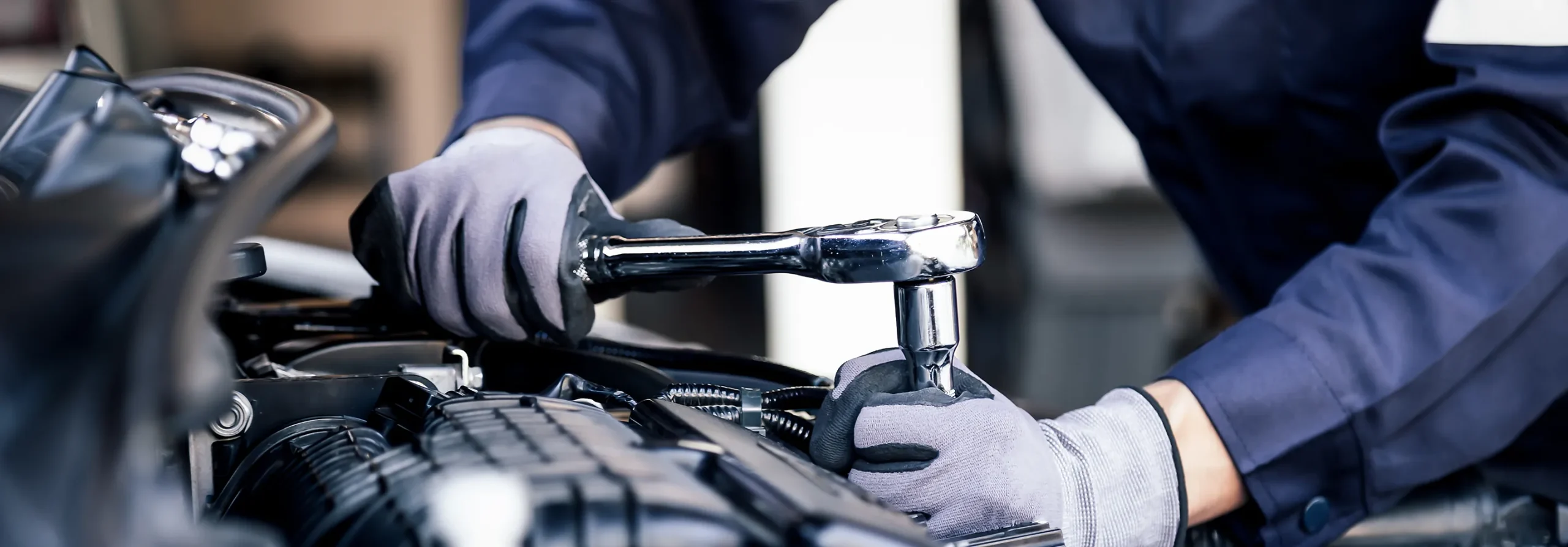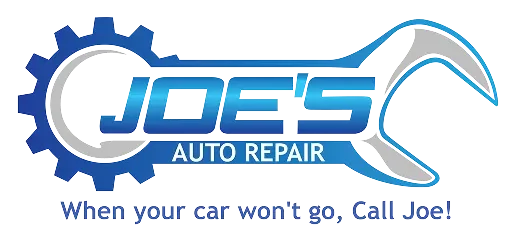
Engine Repair: The Importance Of Timing Belts And Timing Chains
Engine repair can be quite a daunting experience for car owners. Vehicles are getting more complex daily, so unexpected repairs can be costly. One of the most critical components of any vehicle is the timing belt or timing chain. Proper maintenance of these parts is essential to keep the engine running smoothly. We’ll discuss what timing belts and timing chains are, why they matter, and how to maintain them to avoid costly engine repairs.
What Is A Timing Belt/ Chain?
The timing belt is an essential part of any vehicle engine. It is a rubber belt that connects the crankshaft to the camshaft. The camshaft is responsible for opening and closing the engine’s valves. The timing belt ensures that the valves open and close at the right time, leading to efficient combustion, proper performance, and low emissions. The timing belt is often hidden behind engine covers and can be difficult to access. On the other hand, a timing chain connects the crankshaft and camshaft and uses metal chains instead of rubber. Timing chains are more durable and long-lasting than timing belts but usually louder.
How Do They Work?
The timing belt/chain connects the crankshaft and camshaft and keeps them in synchrony to ensure that the engine valves operate at the right time. The crankshaft produces the power that drives the engine, while the camshaft ensures the engine runs smoothly and efficiently. The timing belt/chain ensures that these components move harmoniously and the combustion process occurs correctly.
Why Do These Parts Matter?
The timing belt/chain is crucial to proper functioning of any vehicle’s engine. A malfunctioning timing belt or chain can cause severe damage to the engine or even cause it to fail. If the timing belt/chain breaks, the engine’s pistons can collide, causing extensive damage. In contrast, a broken timing belt or chain can also result in severe injuries to passengers if the engine stalls while the vehicle is in motion.
How To Maintain Your Timing Belt/Chain?
Regular inspections and preventative maintenance are essential to avoid costly engine repairs. The manufacturer’s recommended service intervals should be followed to get the timing belt/chain checked. These guidelines are usually specified in the owner’s manual based on the miles driven or the vehicle’s age. Regular inspections and replacement of the timing belt/chain and other peripheral components, such as the water pump, should be done when required.
The timing belt or chain is critical to proper engine operation and should be taken seriously by all car owners. The failure of these essential components can lead to costly repairs or even engine failure. It is important to follow manufacturer recommendations, keep a regular maintenance schedule, and replace the timing belt or chain when necessary. By doing this, you can ensure that your vehicle runs smoothly and safely for years. Don’t risk your engine health. Take care of it today!
